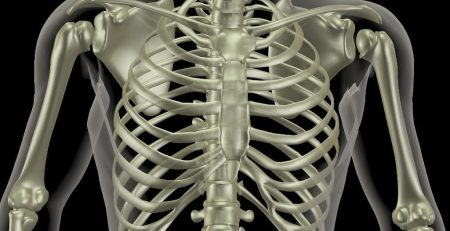Scientists Find Just One Season of Football Can Cause Brain Damage
With football season right around the corner, the concern over concussions and traumatic brain injury (TBI) are sure to be ramping up as well. While previous research has found that up to 40% of retired National Football League players showed signs of TBI, new research led by Carnegie Mellon University and the University of Rochester Medical Center suggests that players may not even need to suffer a concussion to show signs of brain damage.
The study followed two groups of athletes – 38 University of Rochester football players and 87 athletes from other contact sports. The football players’ helmets were outfitted with accelerometers to capture the force the players experienced during a hit, measuring linear acceleration, rotational acceleration, and direction of impact, creating what lead author and Ph.D. candidate Adnan Hirad described as “a three-dimensional map of all of the forces the brains sustained.” Each player’s brain was also scanned in an MRI before and after the season.
While only two players received concussions over the course of the season, researchers found that over two-thirds had decreased structural integrity in the brain. Collectively, the players sustained 19,128 hits throughout the season, with 59% of these hits occurring during practice and at a slightly lower acceleration than those experienced during games.
“Public perception is that the big hits are the only ones that matter. It’s what people talk about and what we often see being replayed on TV,” senior study author Brad Mahon said in a statement. “The big hits are definitely bad, but with the focus on the big hits, the public is missing what’s likely causing the long-term damage in players’ brains. It’s not just the concussions. It’s everyday hits too.”
Out of the second group of athletes, 29 people experienced clinically-defined concussions. These individuals underwent MRI scans and had blood samples taken within the first 72 hours of the injury. The researchers noted that these players also showed an increase in tau proteins (those linked to neurodegenerative diseases) in their blood and reduced structural integrity of the midbrain, similar to those shown by the football players.
The midbrain, which the researchers decided to focus on in this study, is located in the center of the head just beneath the cerebral cortex, and is part of a larger structure that includes the brain stem and thalamus. It supports functions related to eye movement, and auditory and visual processing.
“We hypothesized and found that the midbrain is a key structure that can serve as an index of injury in both clinically defined concussions and repetitive hits,” Hirad said. “What we cataloged in our study are things that can’t be observed simply by looking at or behaviorally testing a player, on or off the field. These are ‘clinically silent’ brain injuries.”
This study is part of the newly launched Open Brain Project, an open, digital platform that serves as a resource for patients, clinicians, scientists and students, designed to serve as a hub to facilitate research into how brain injury affects cognitive, sensory, and motor function.
The study can be read in full in Science Advances.














